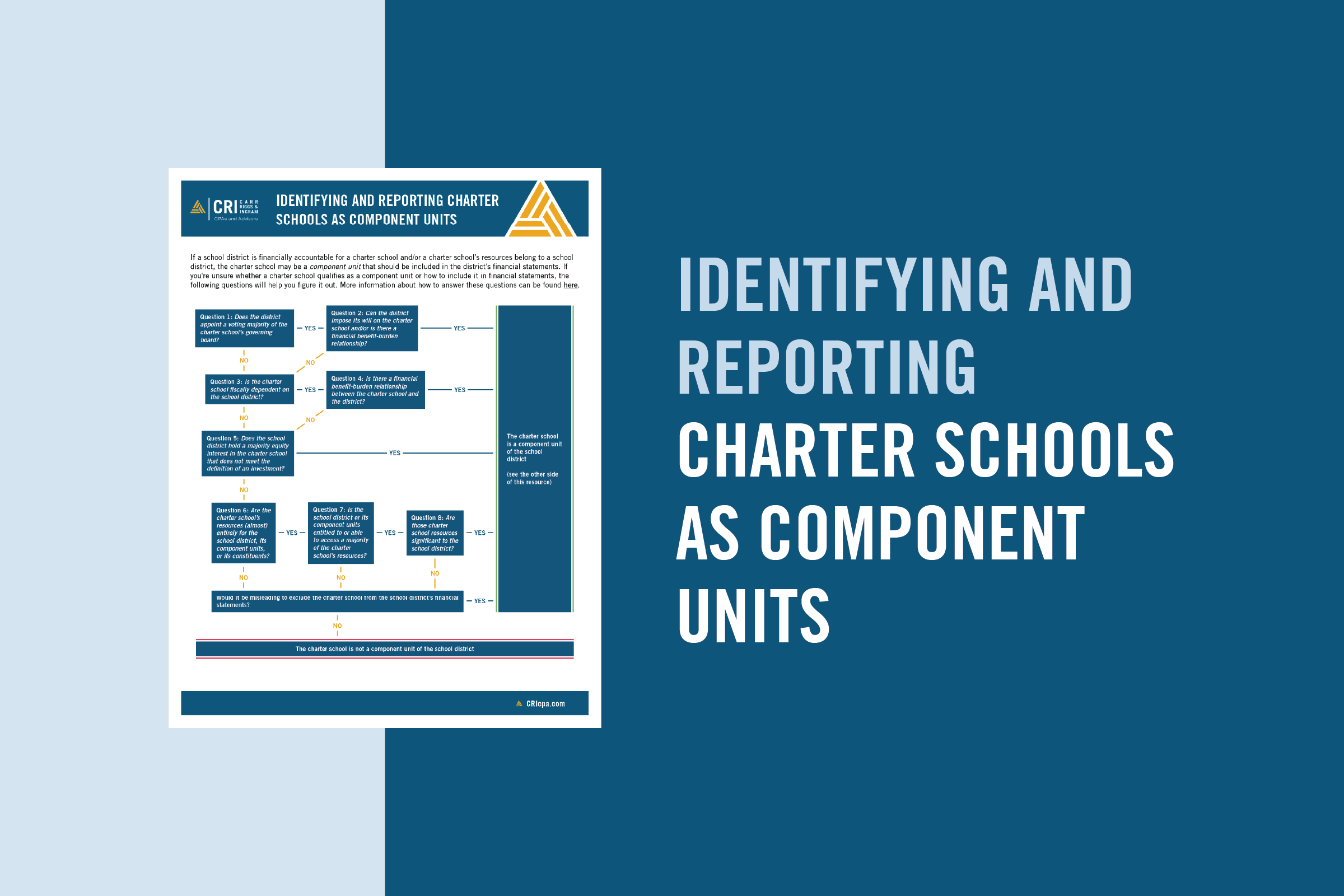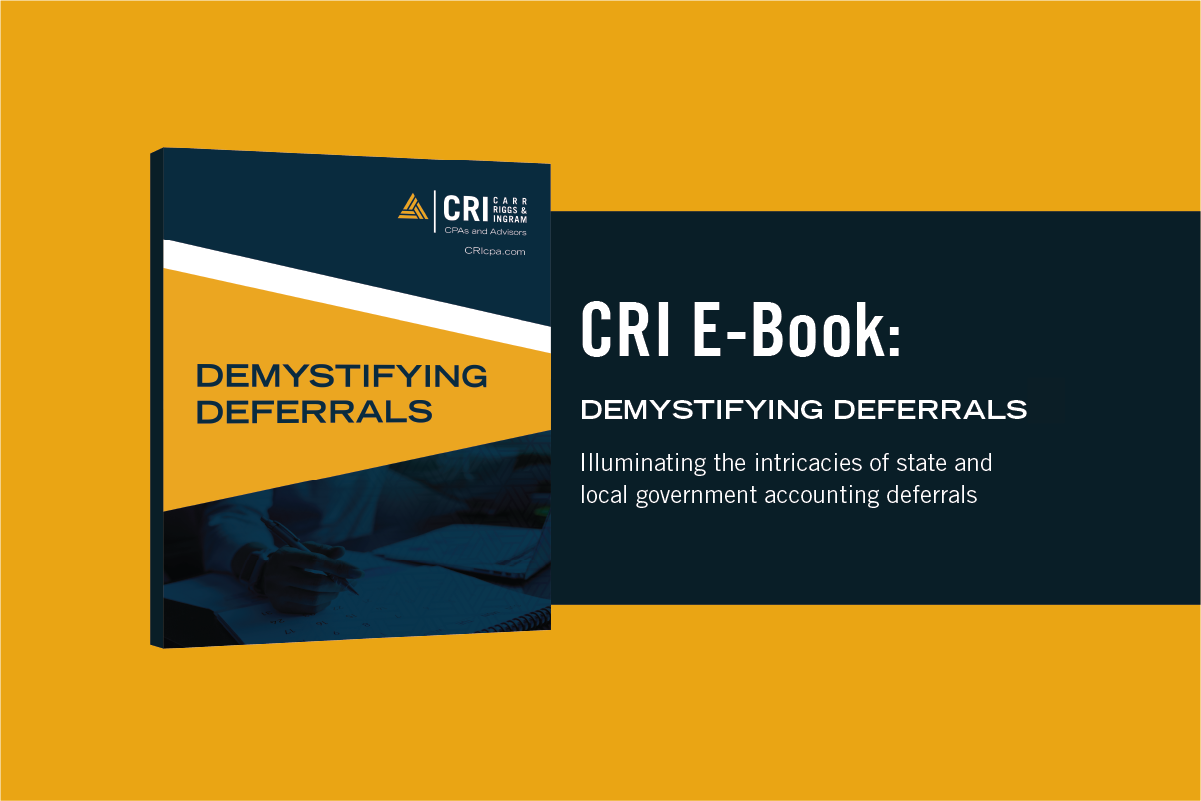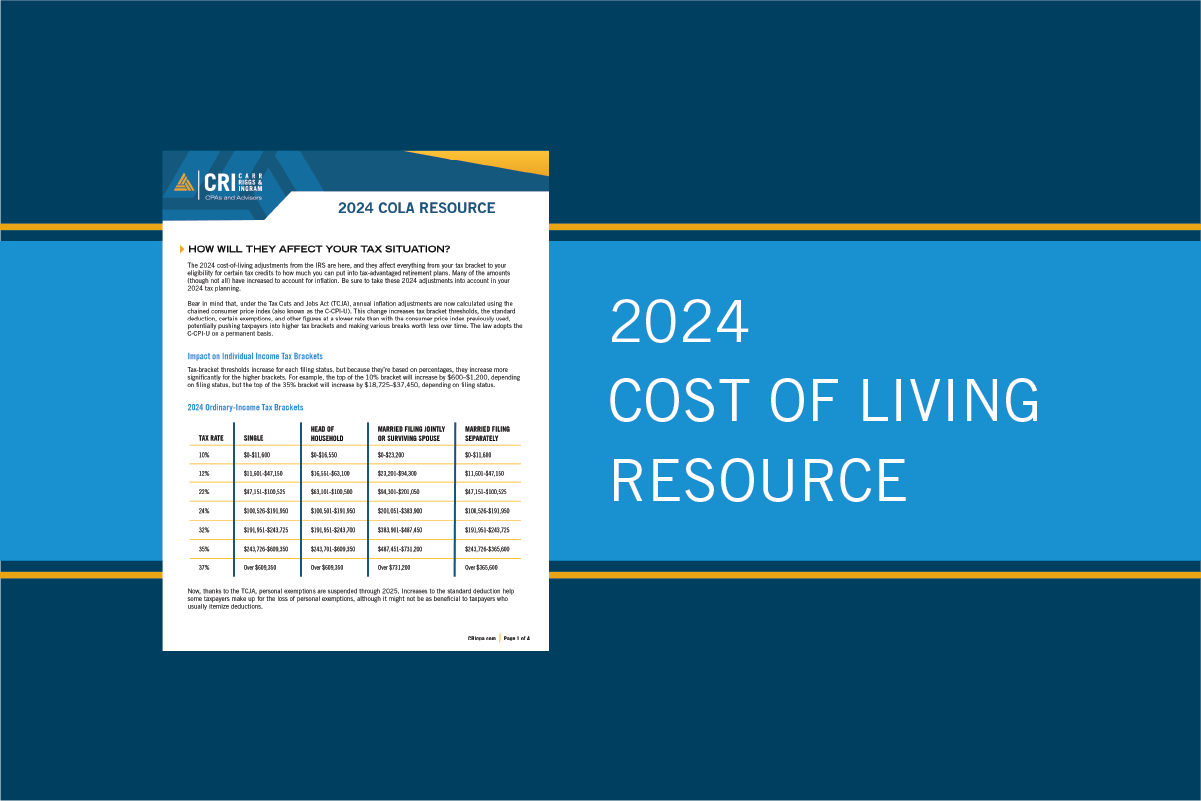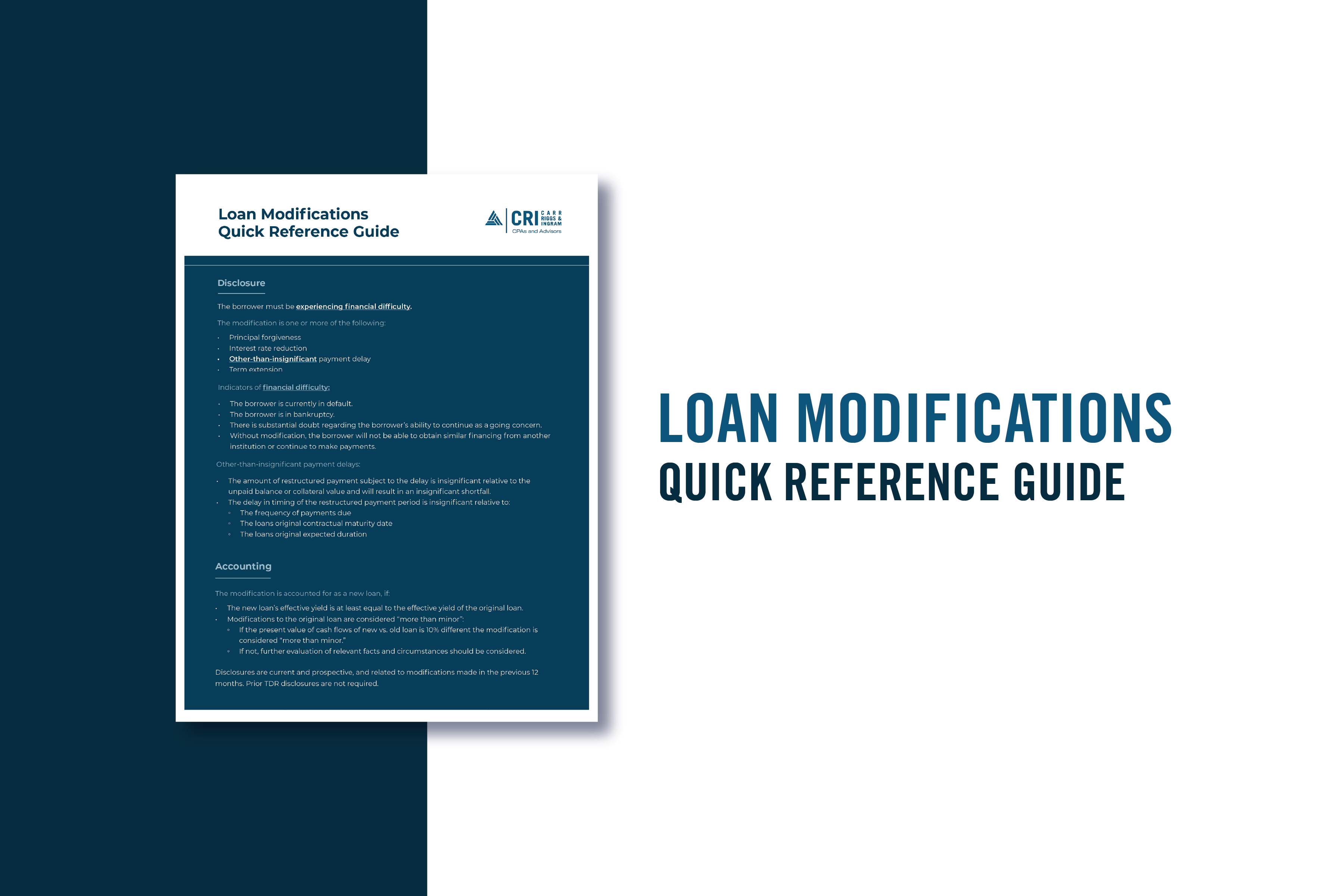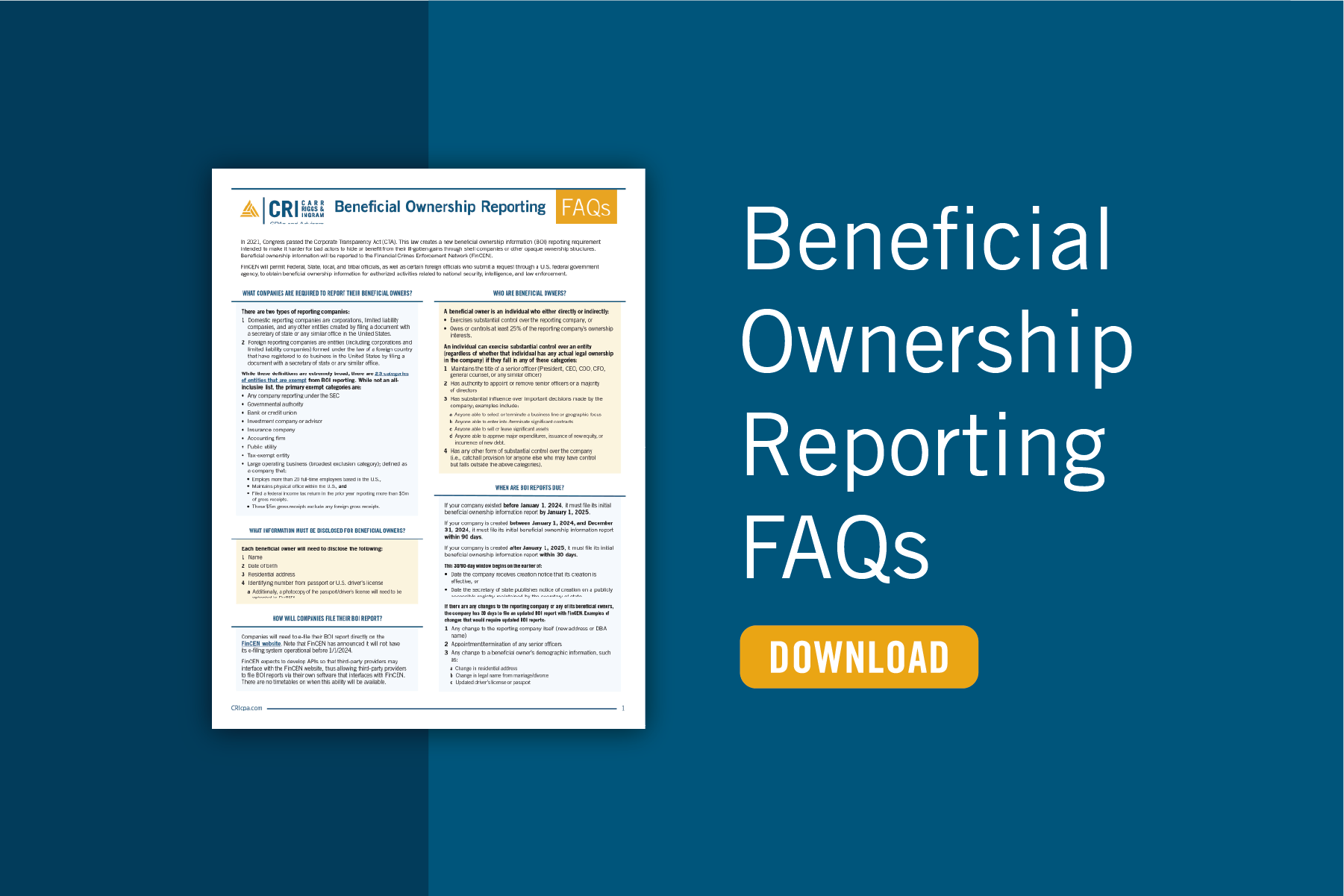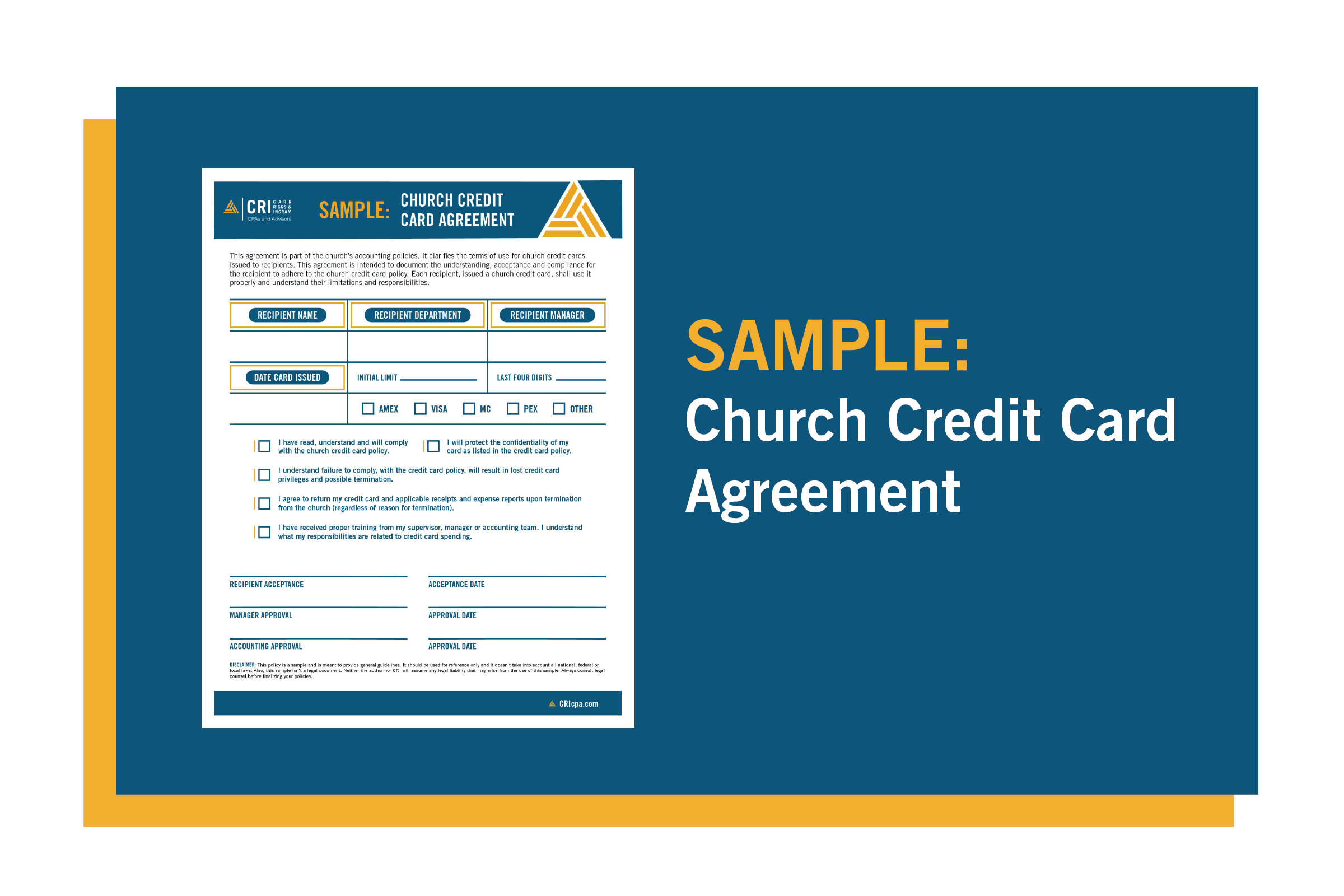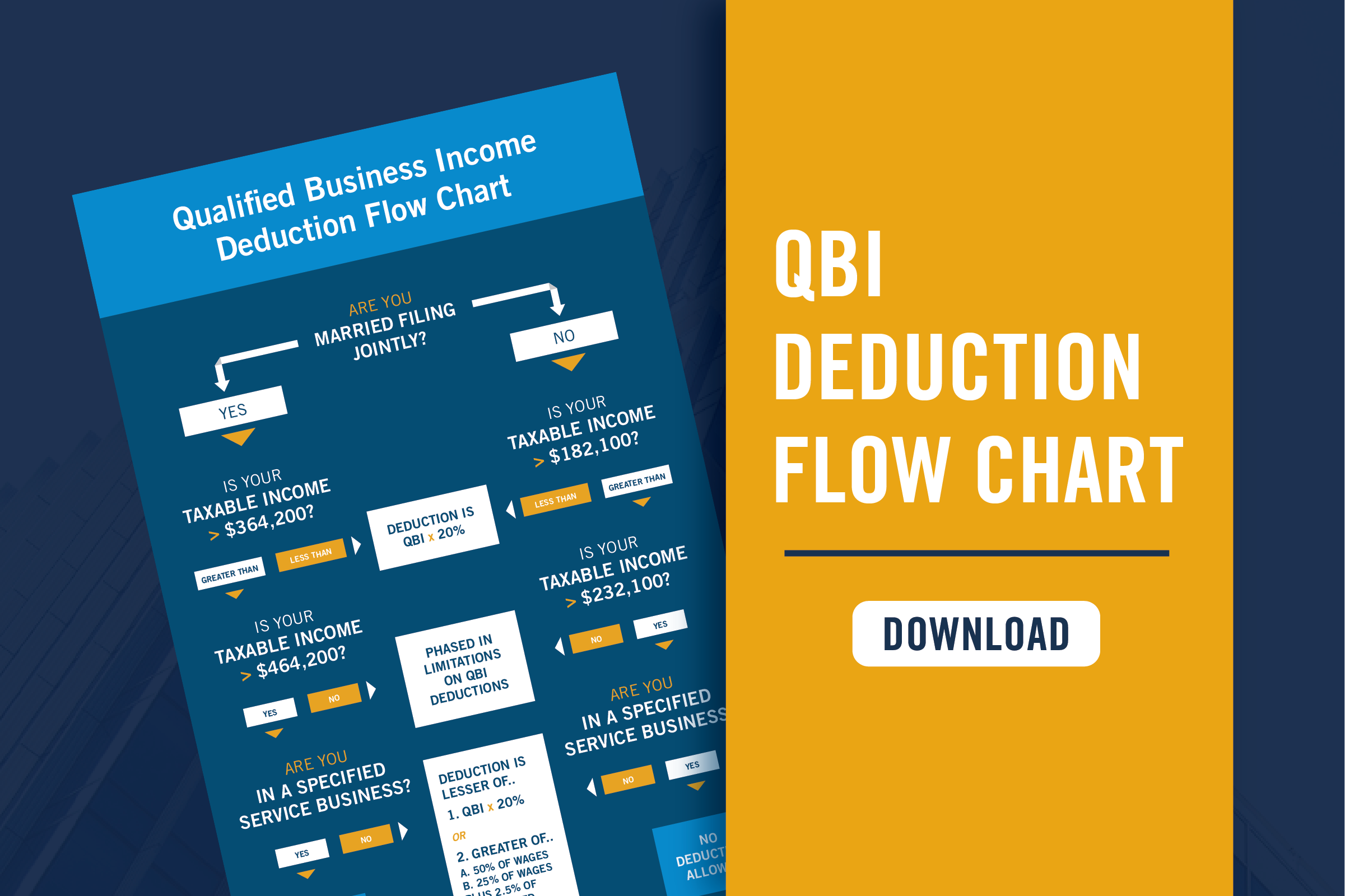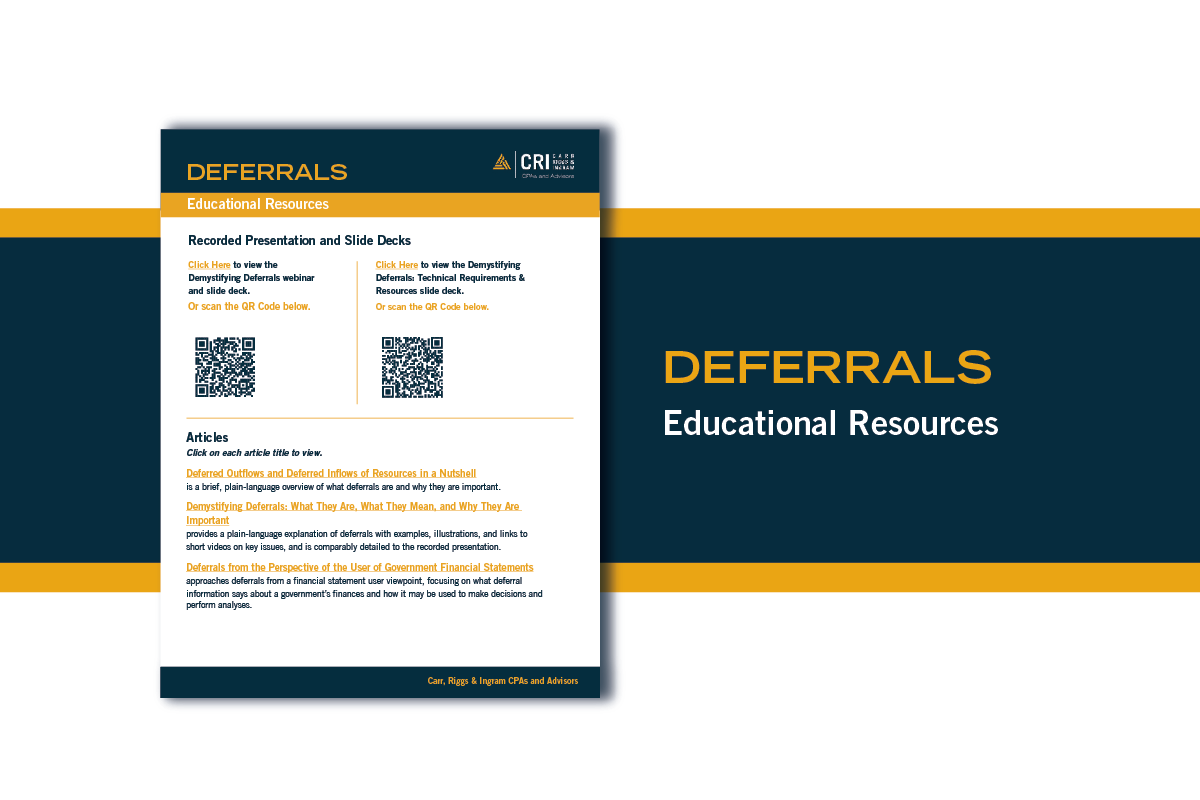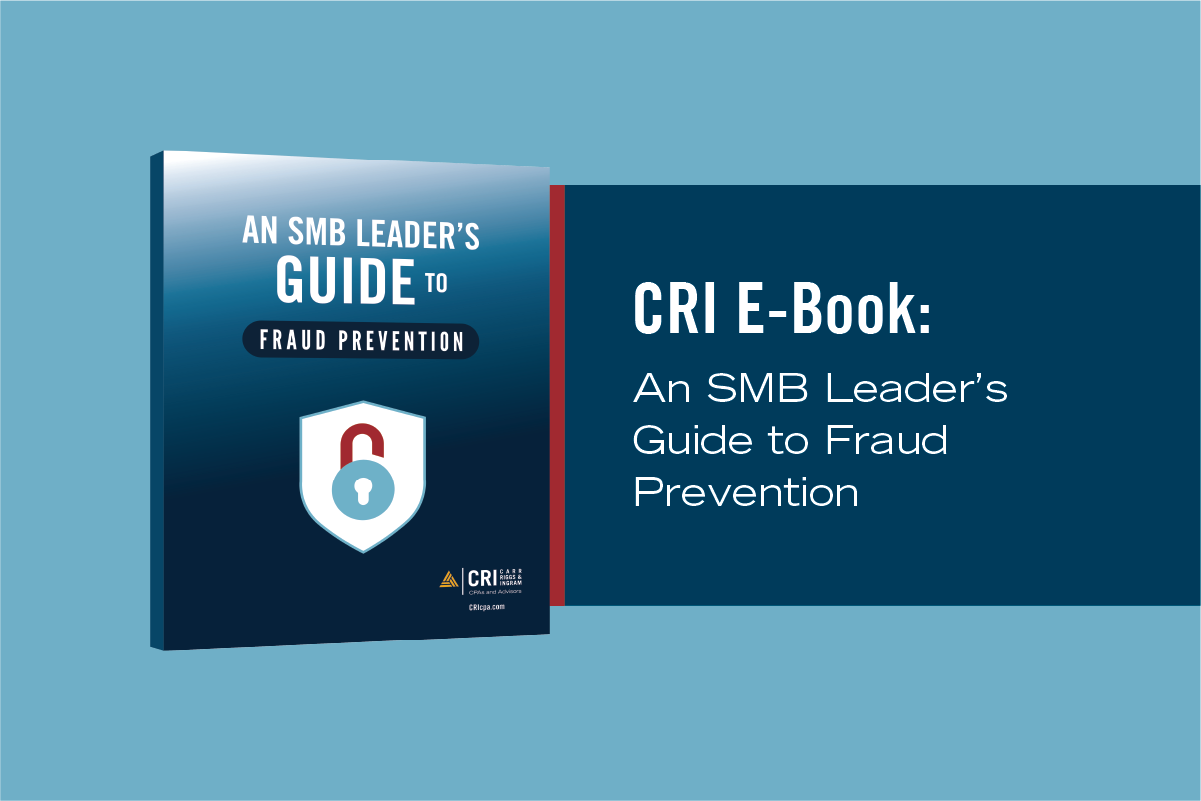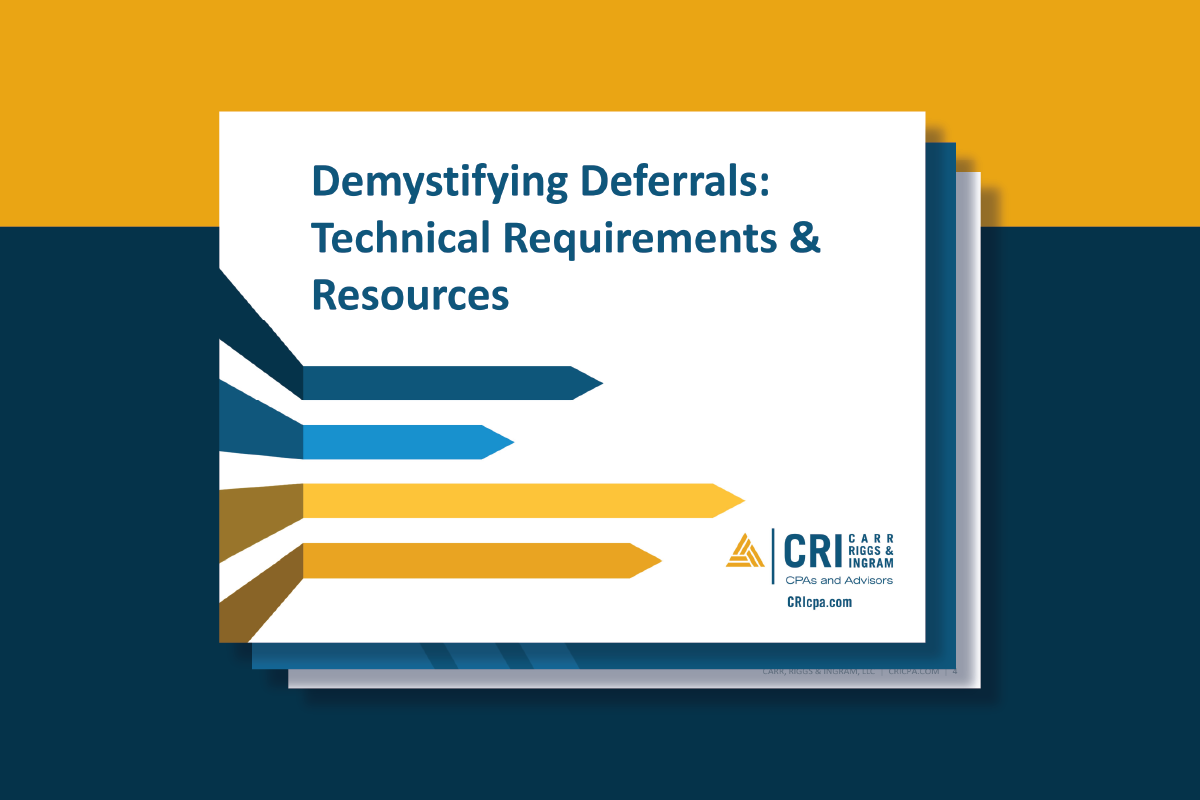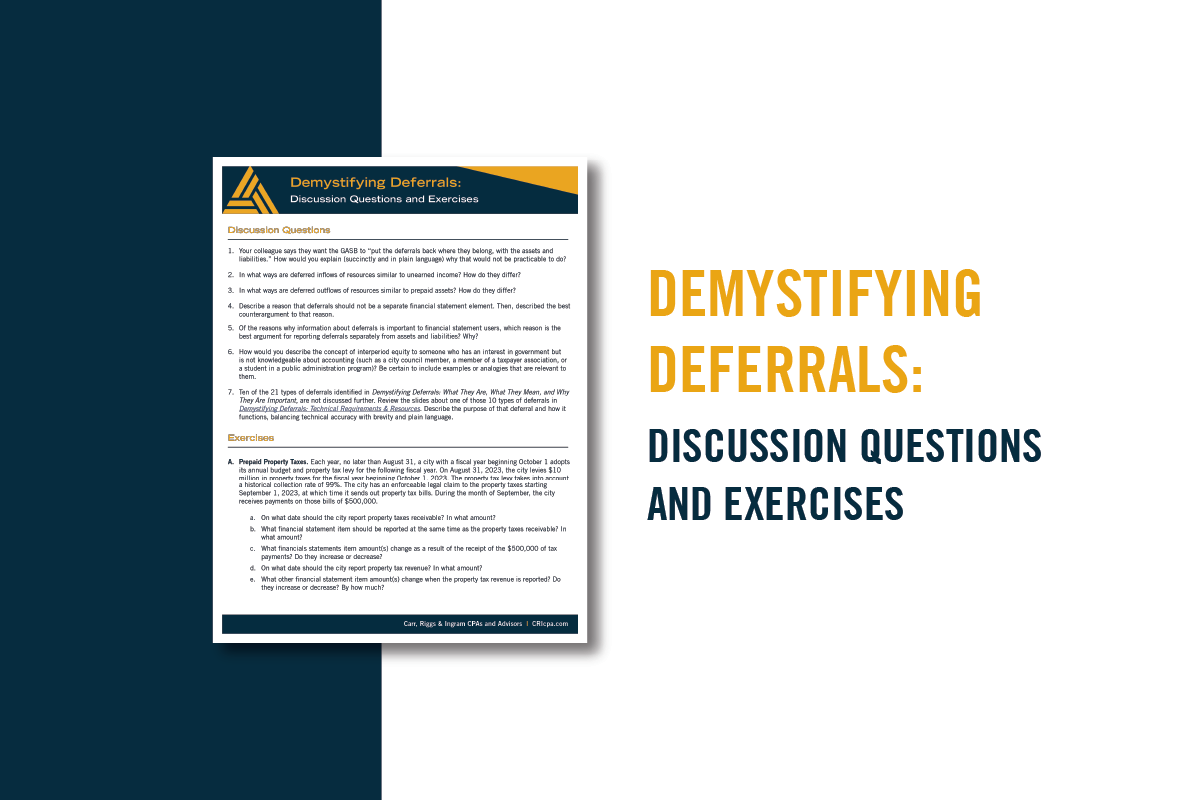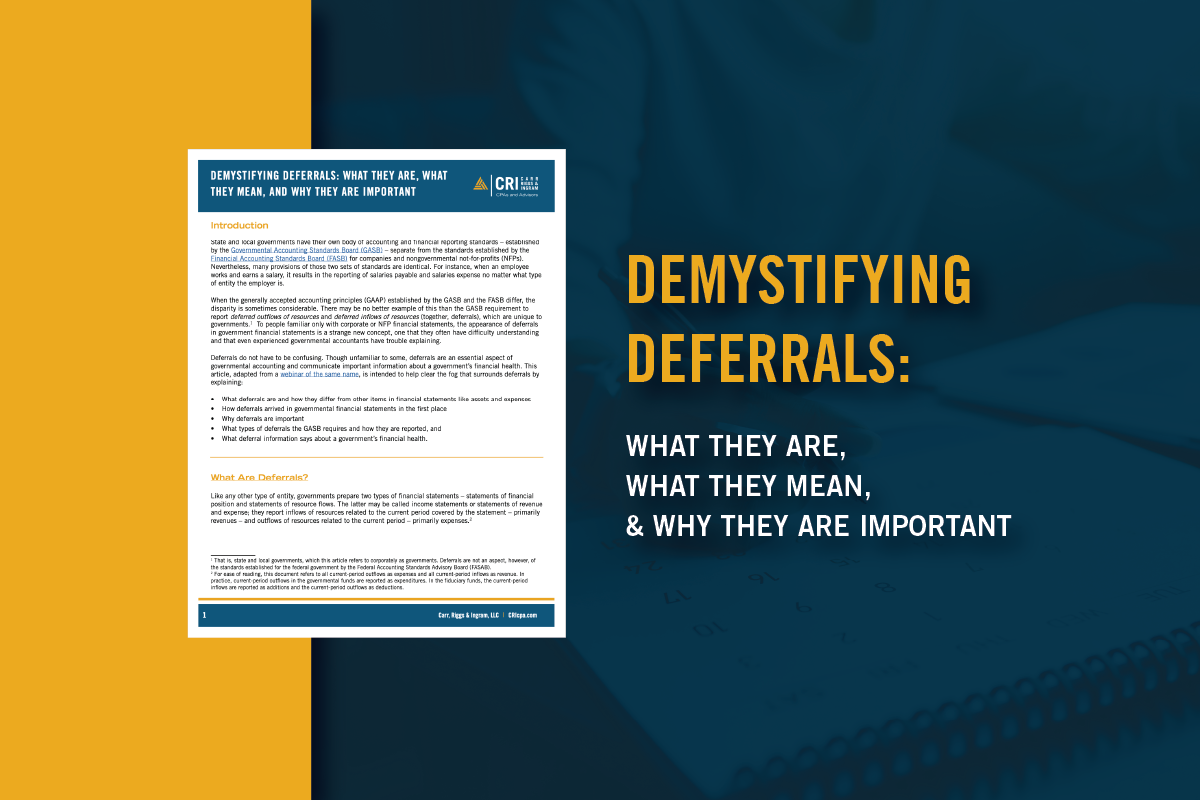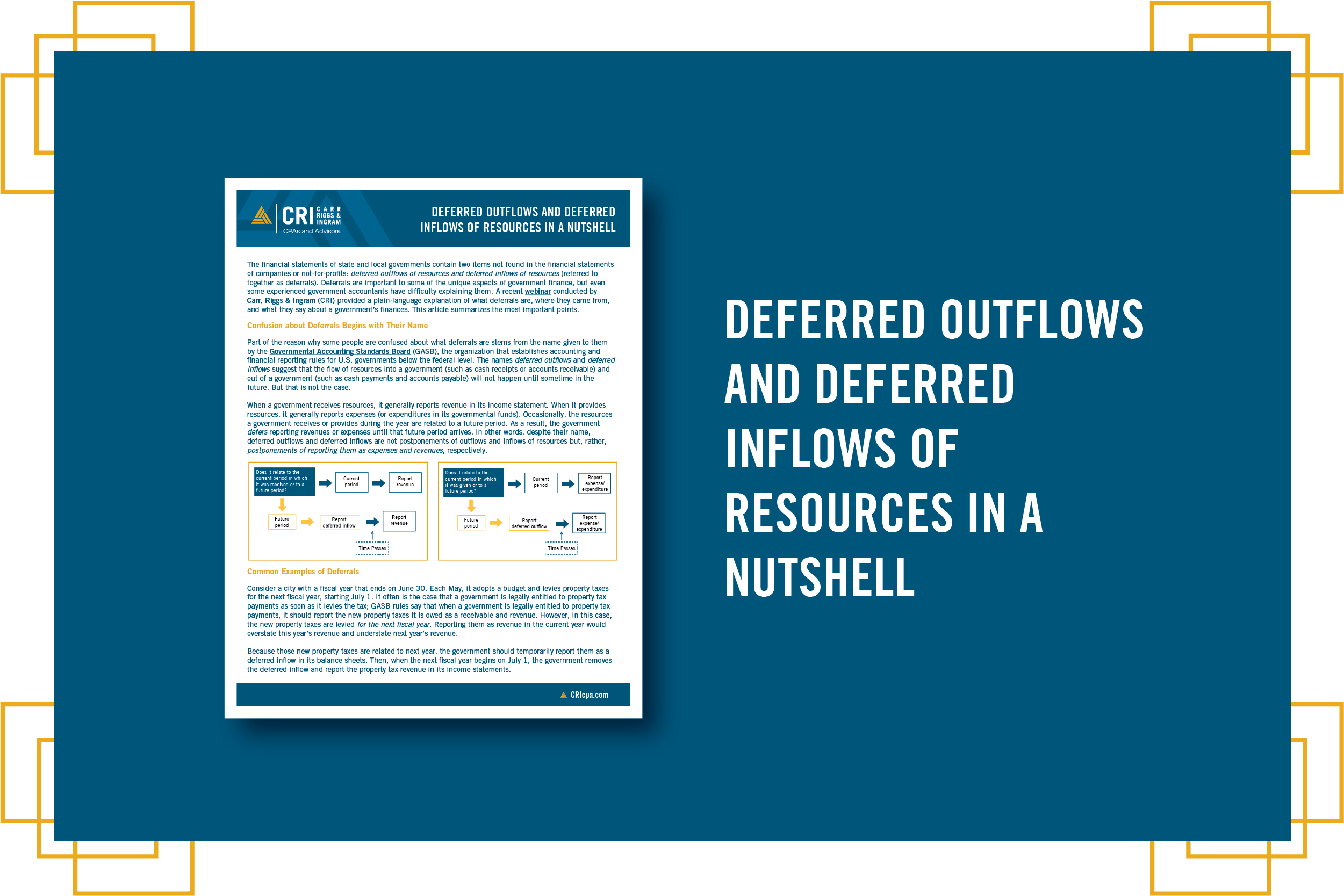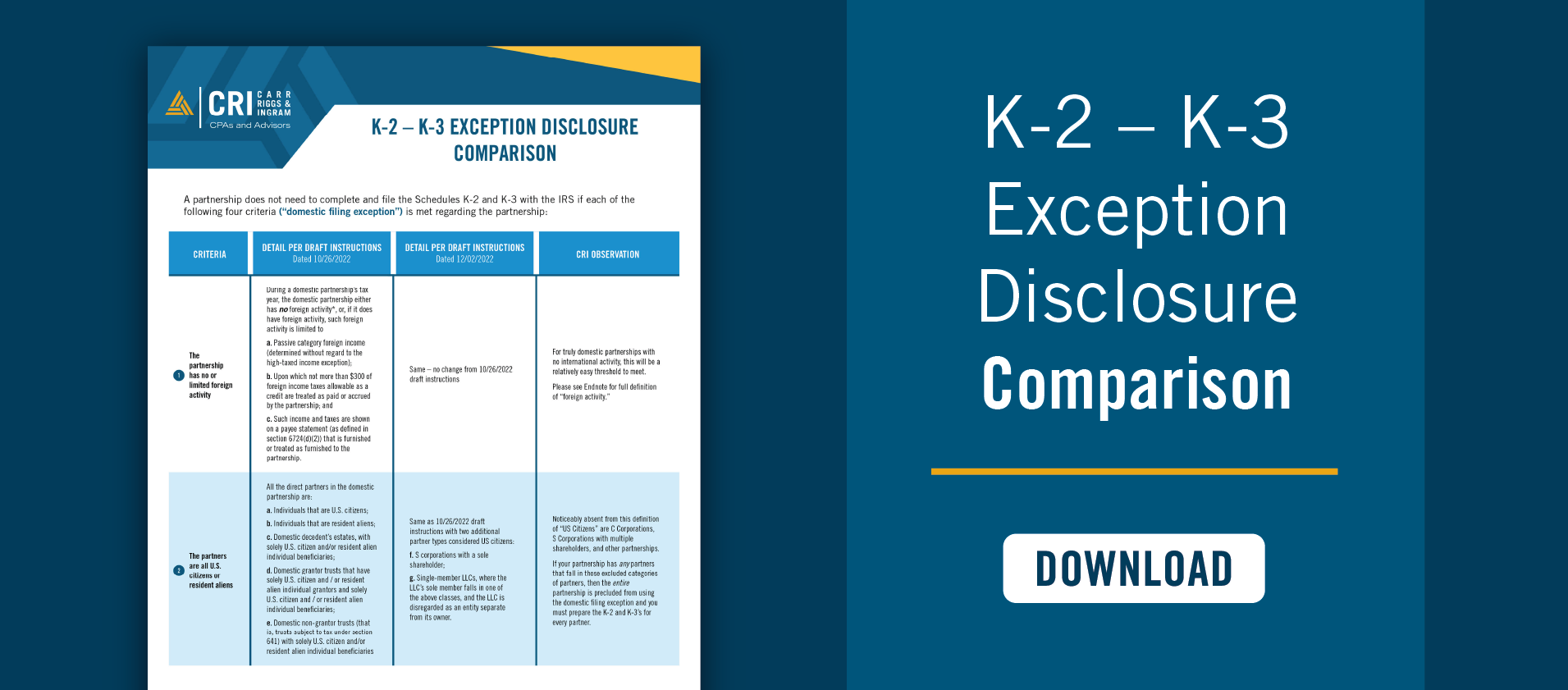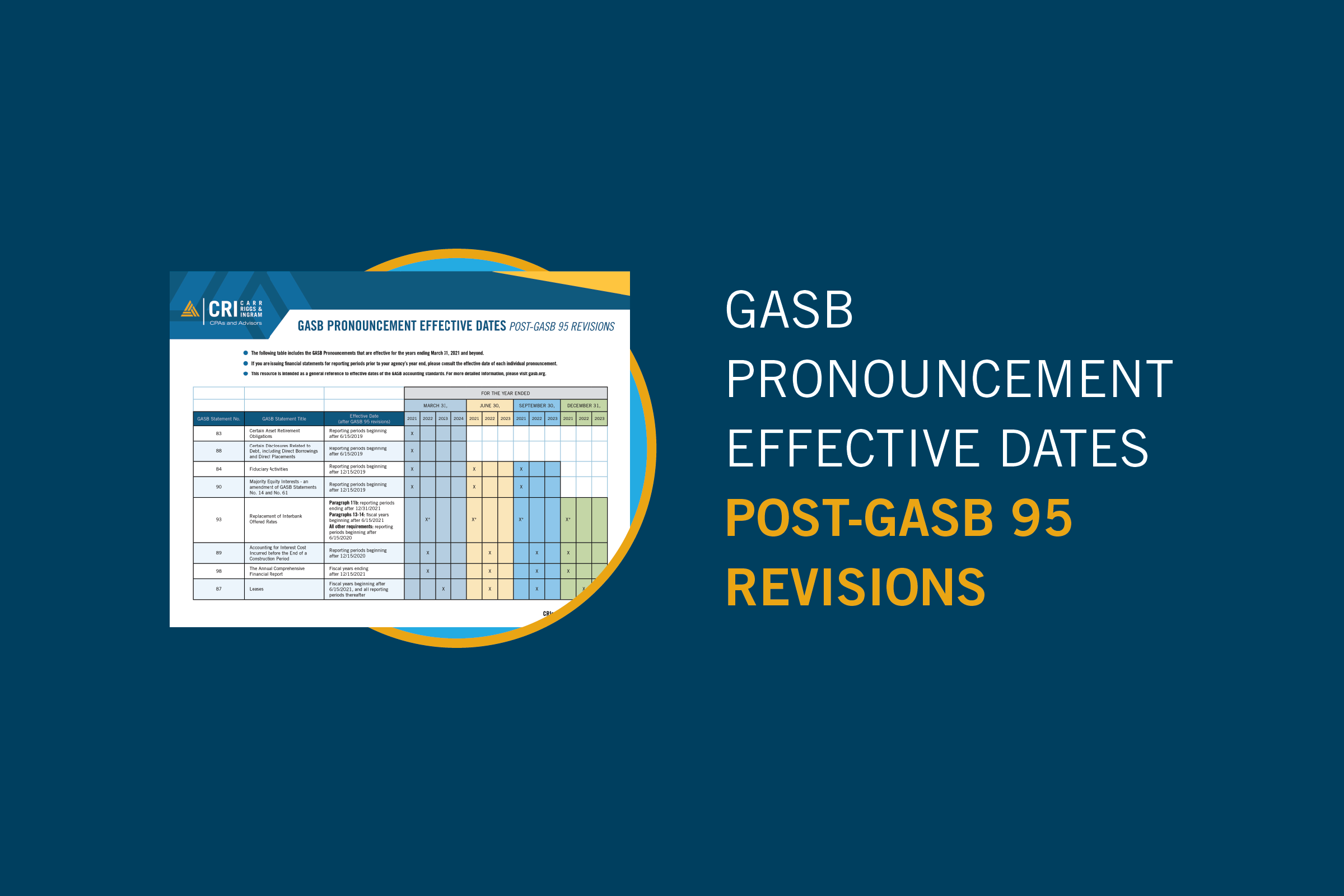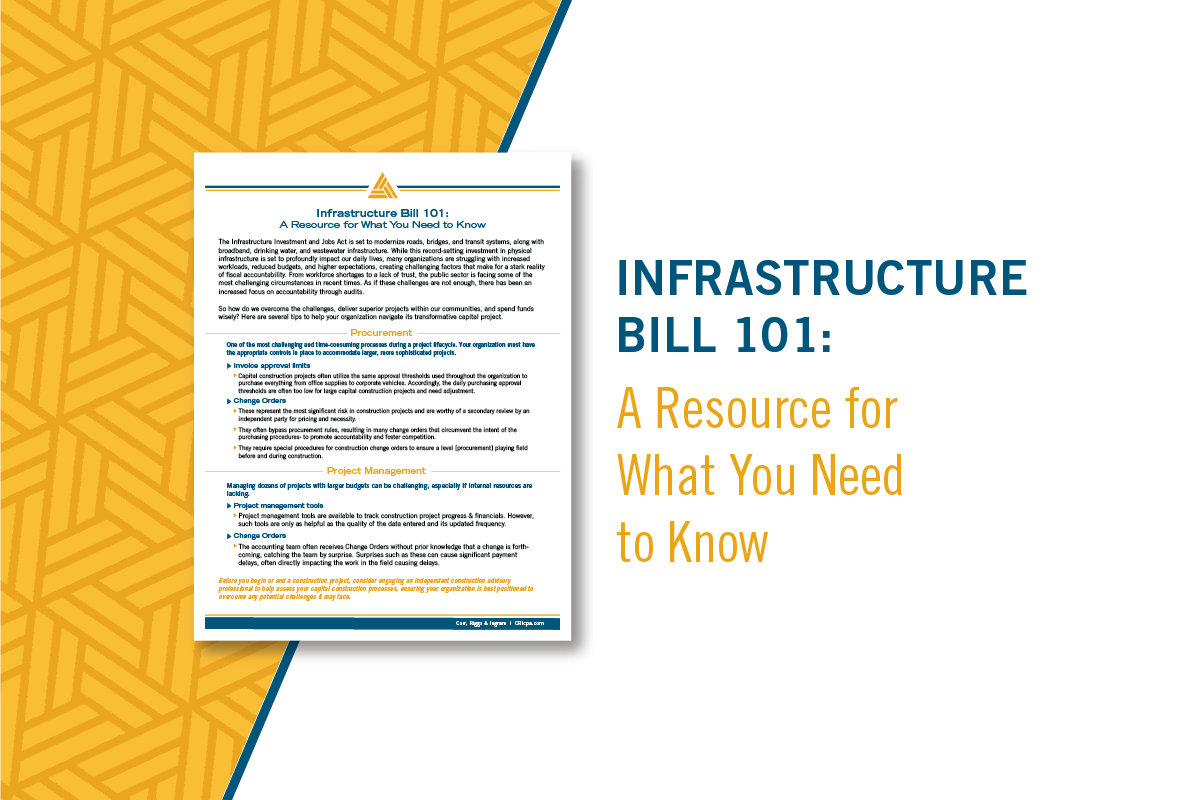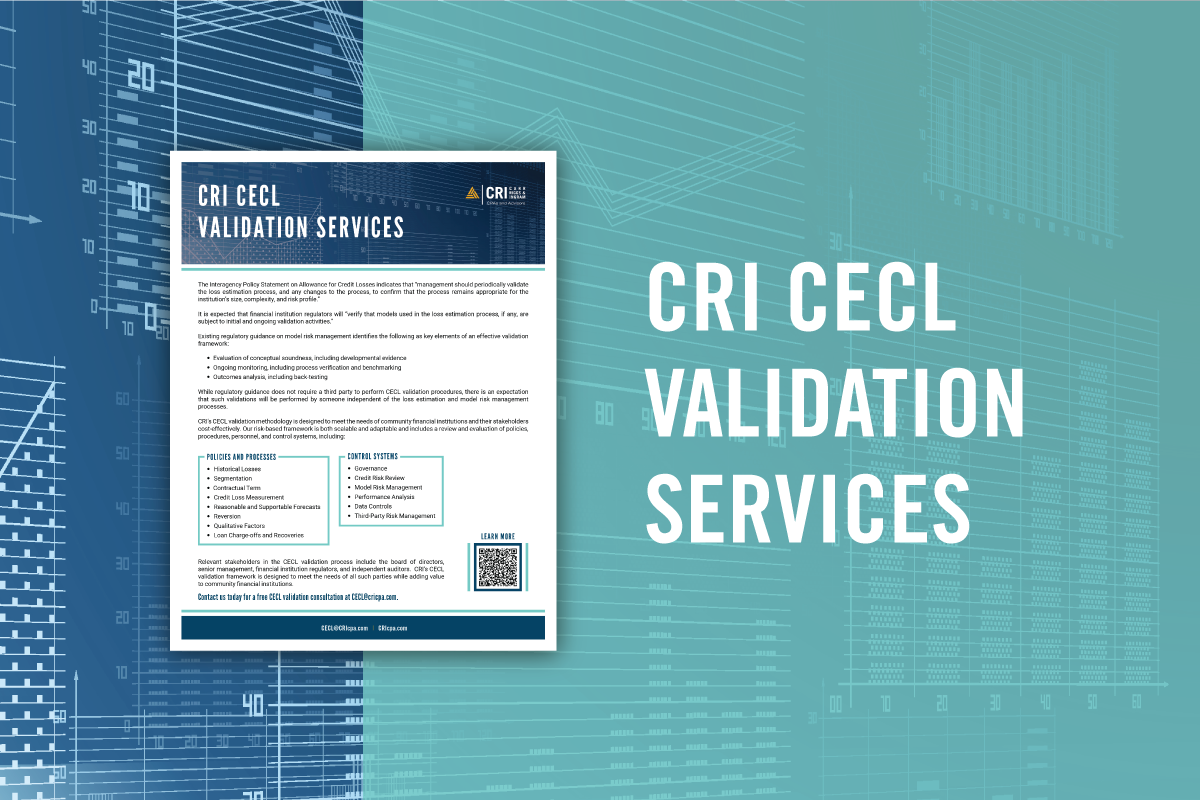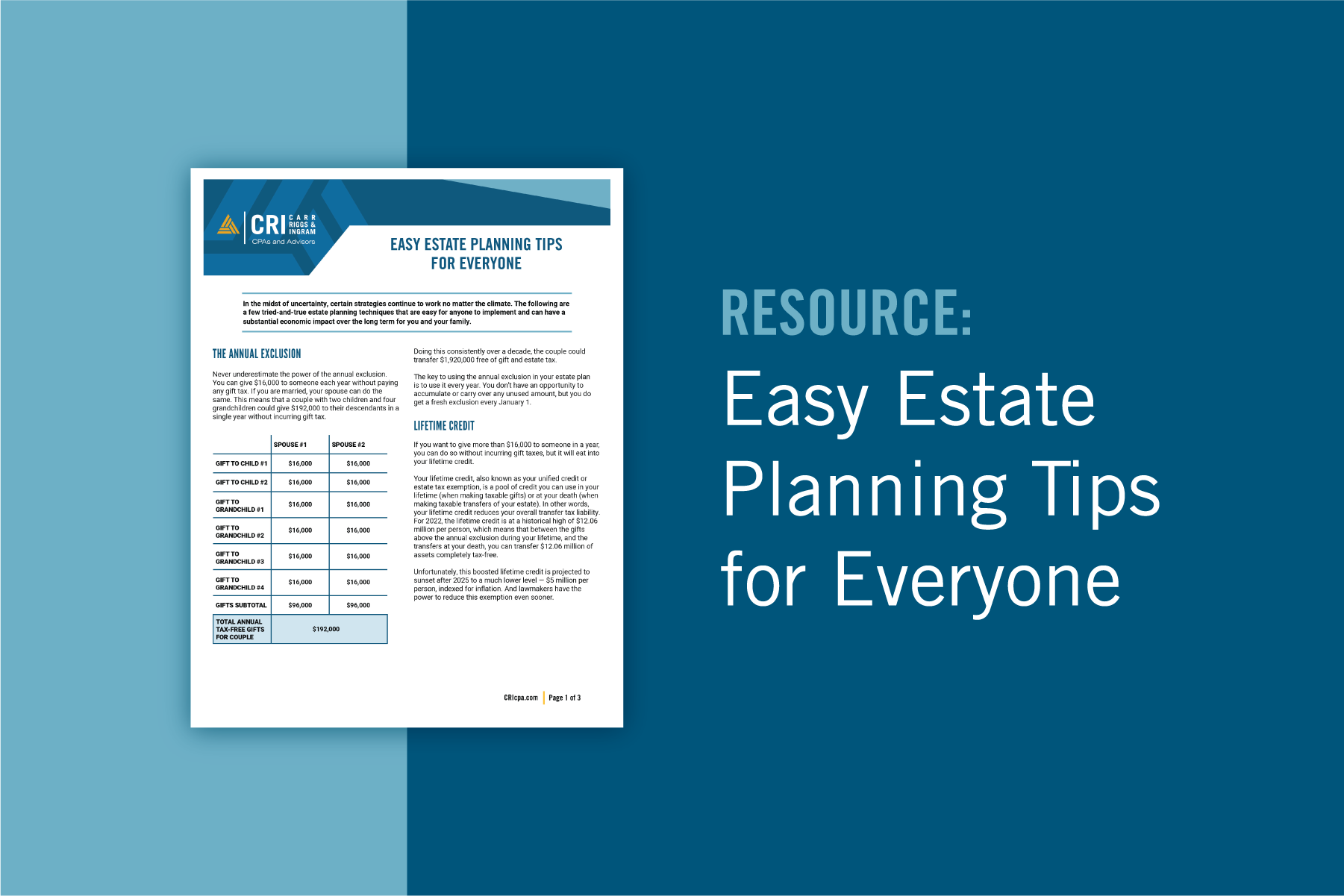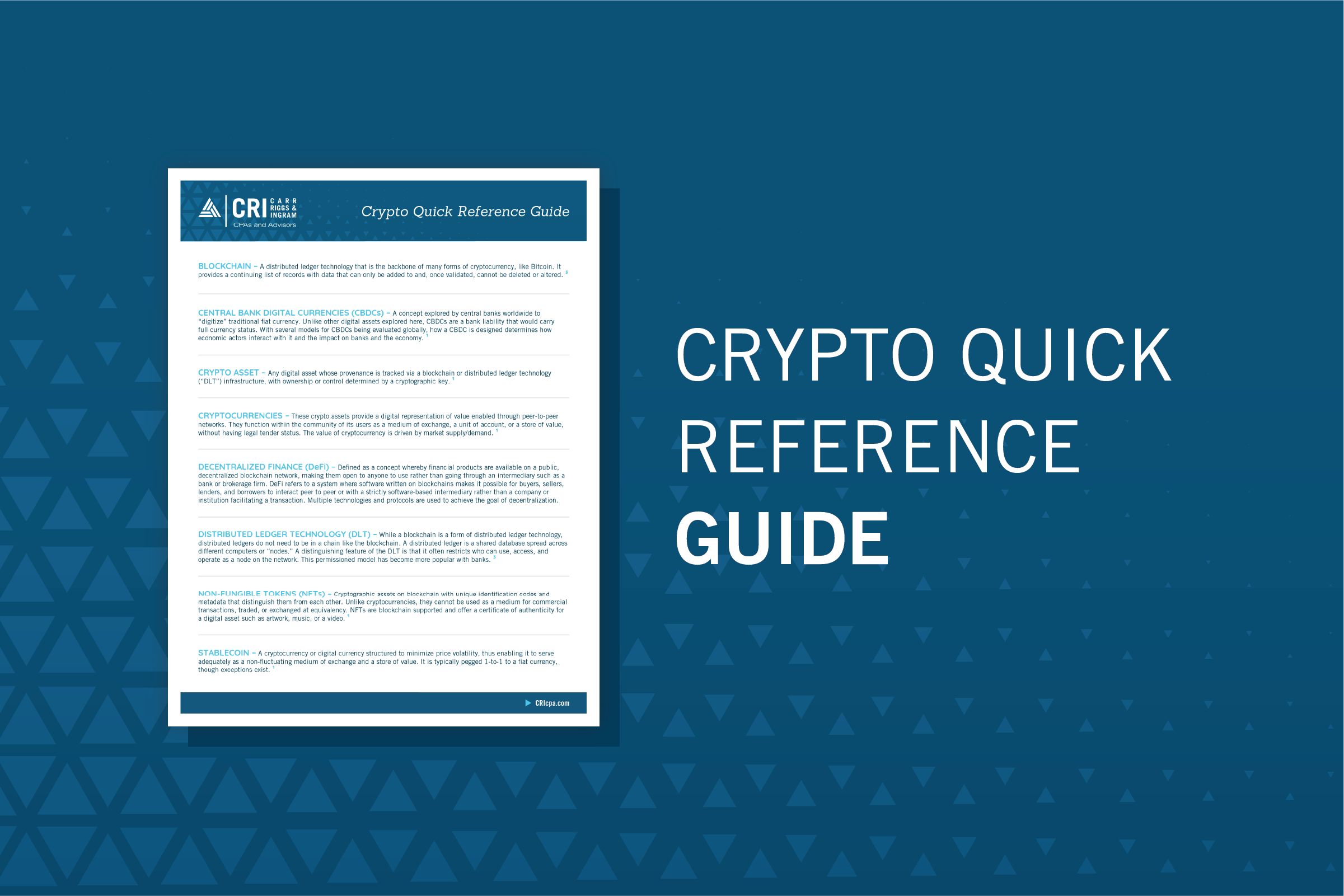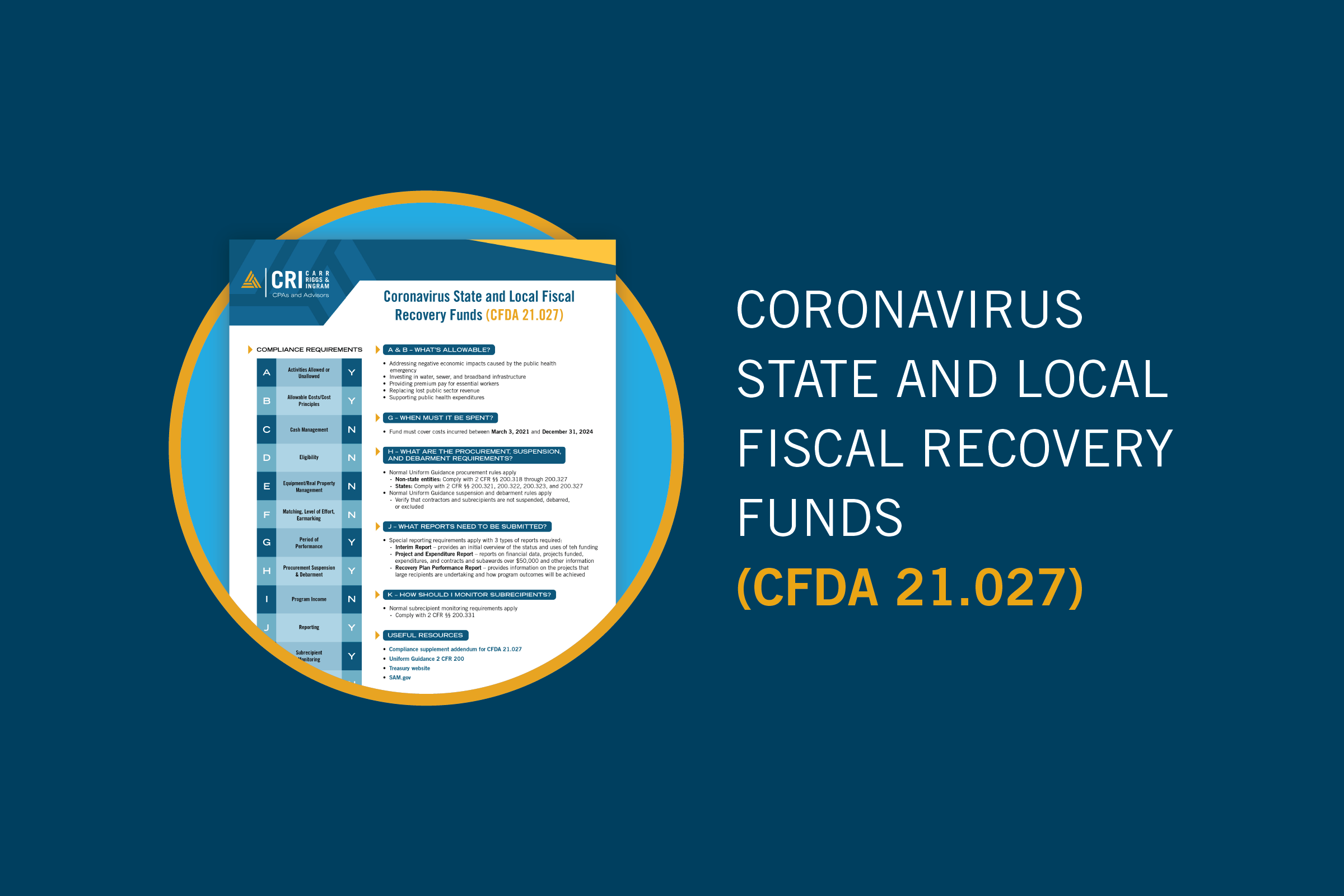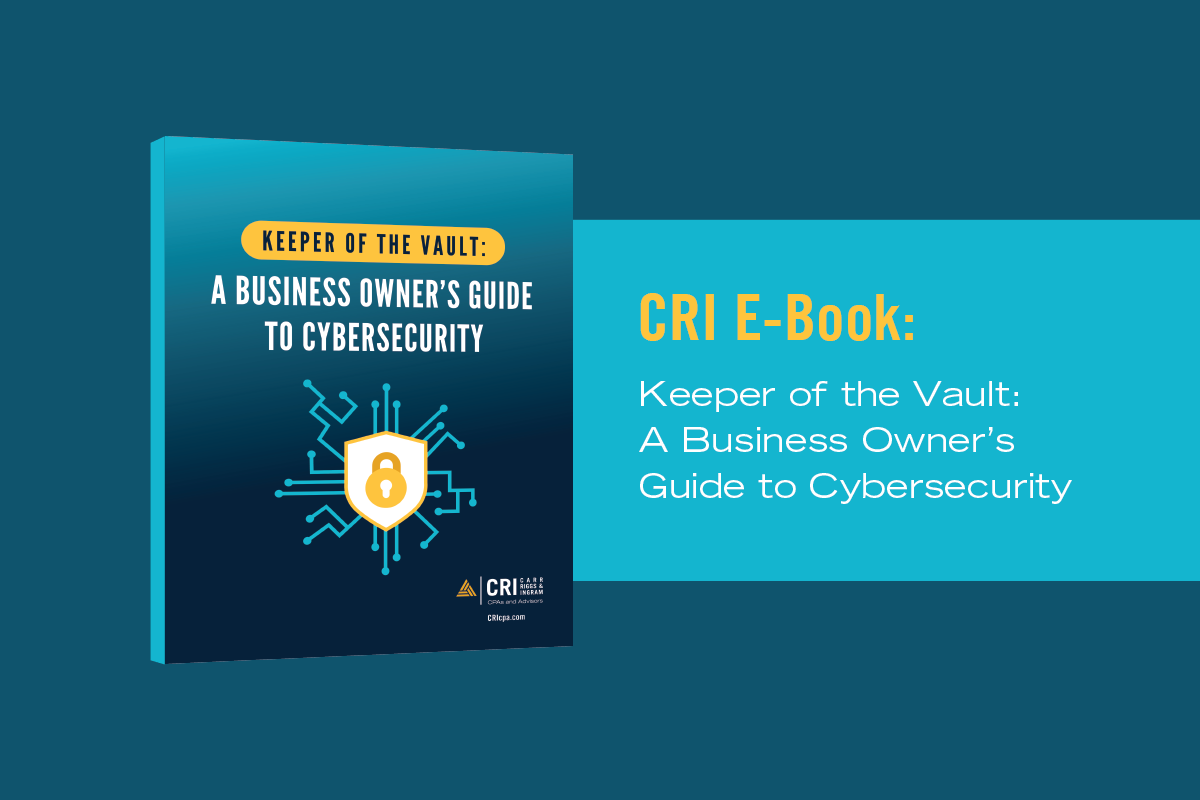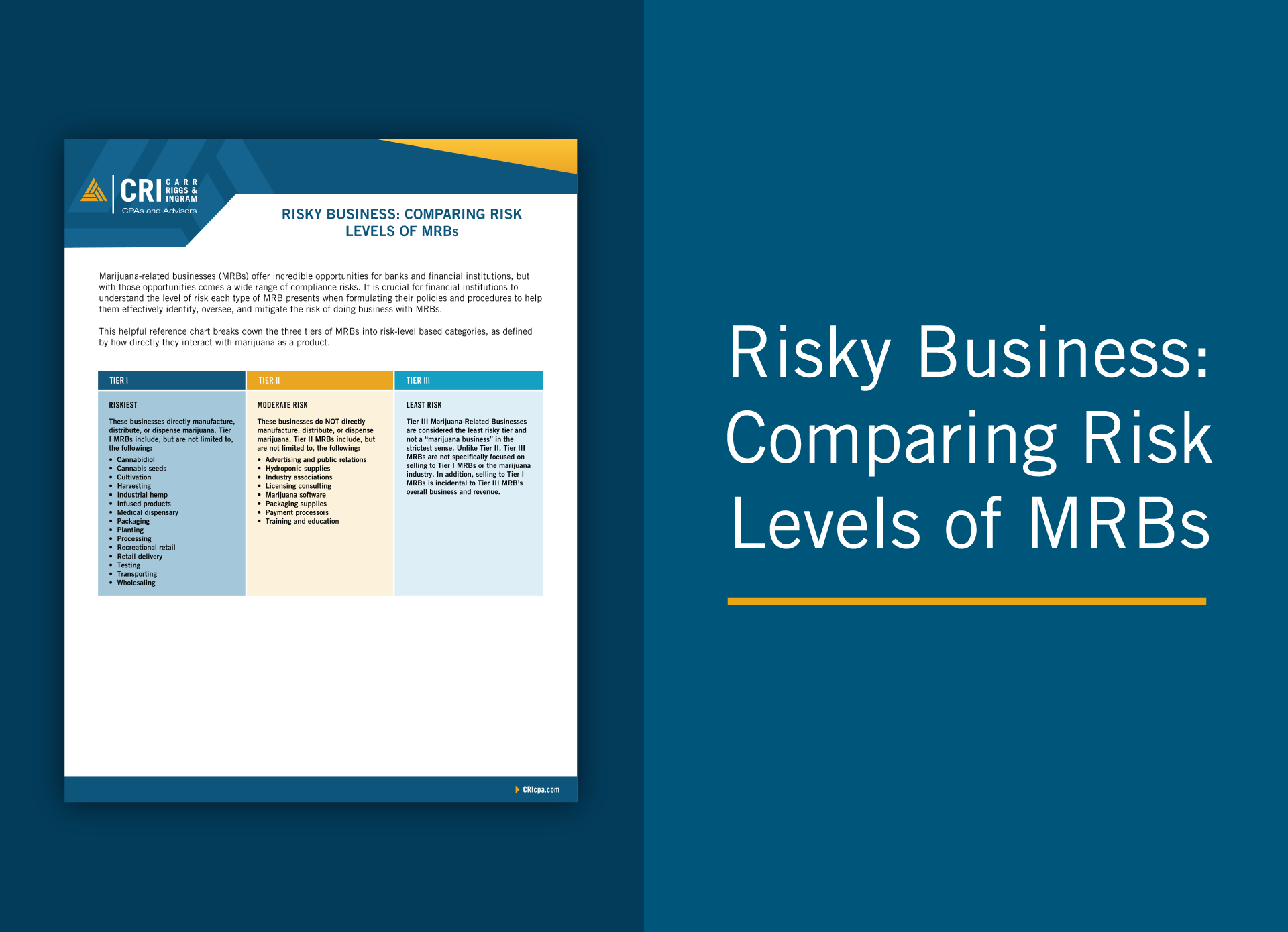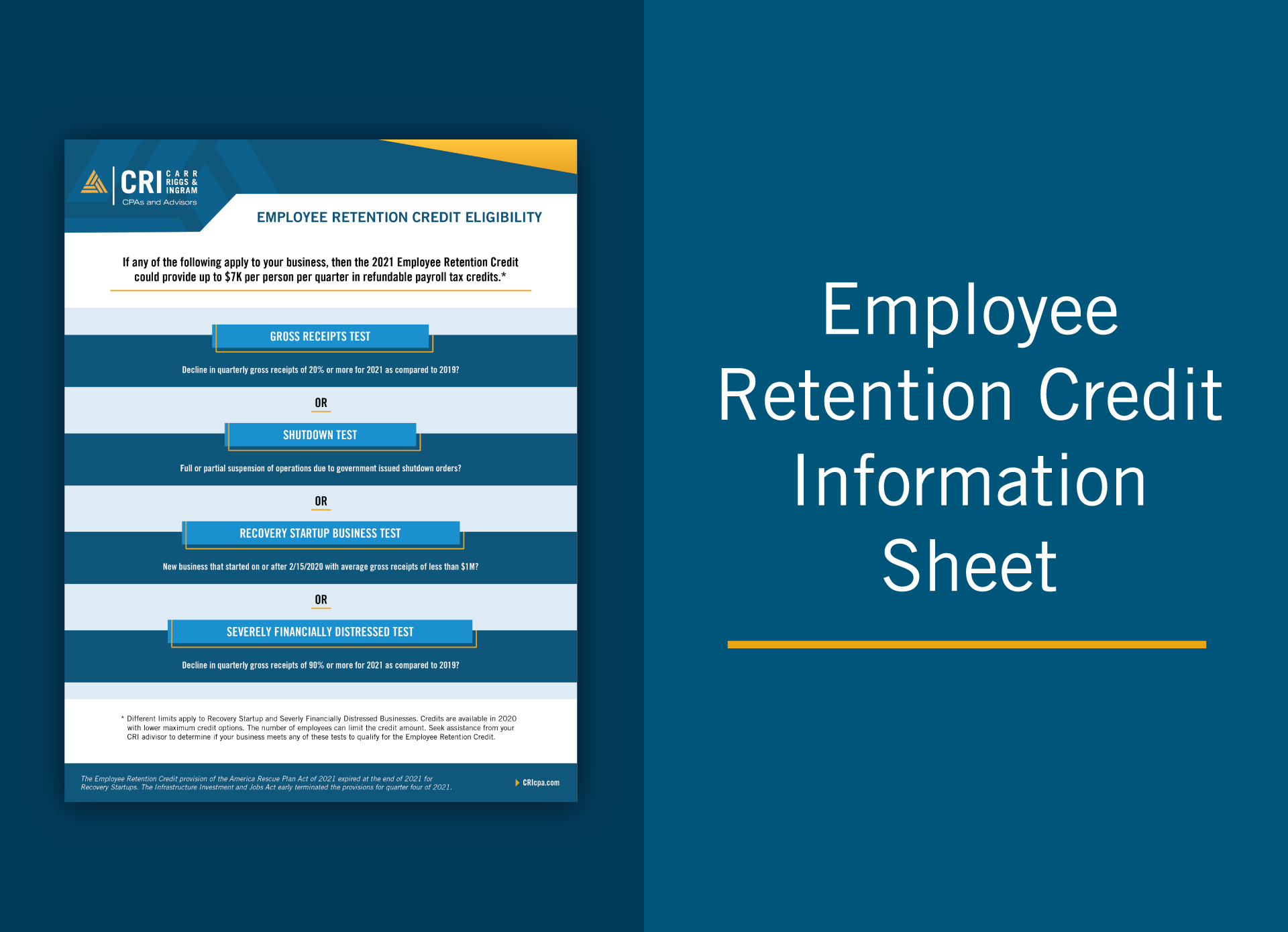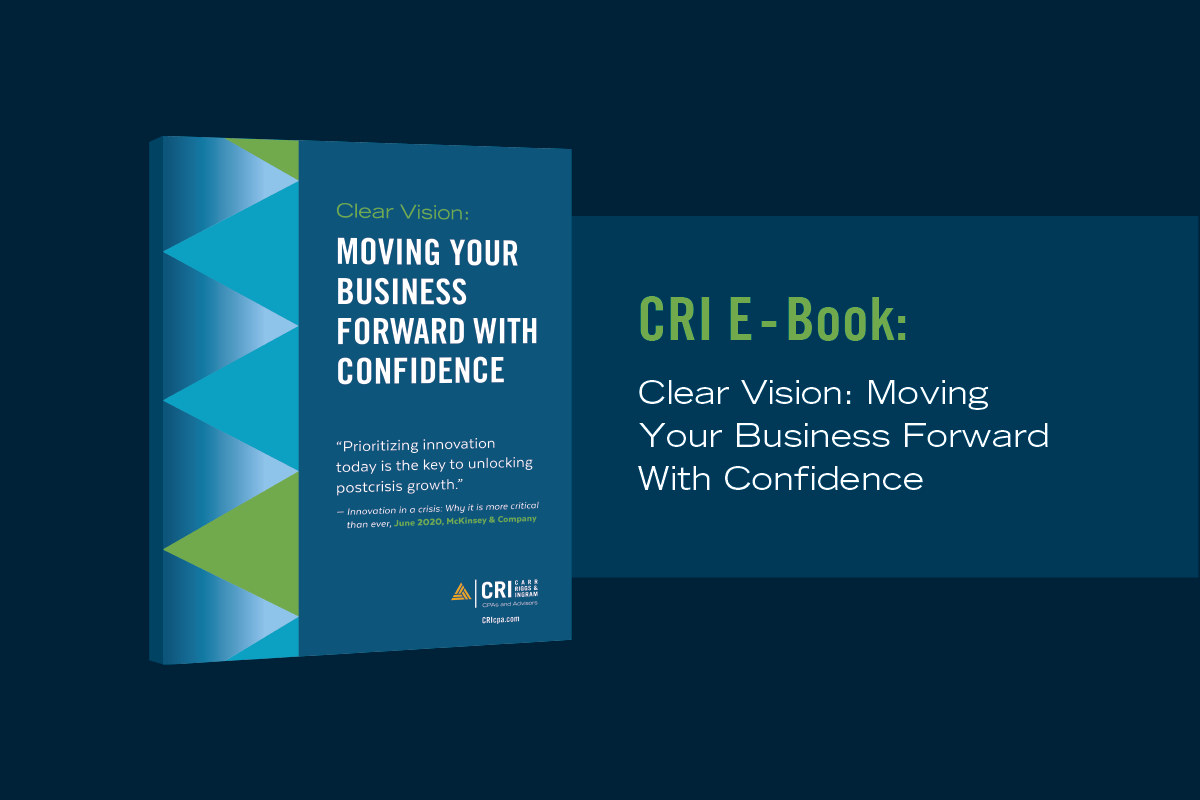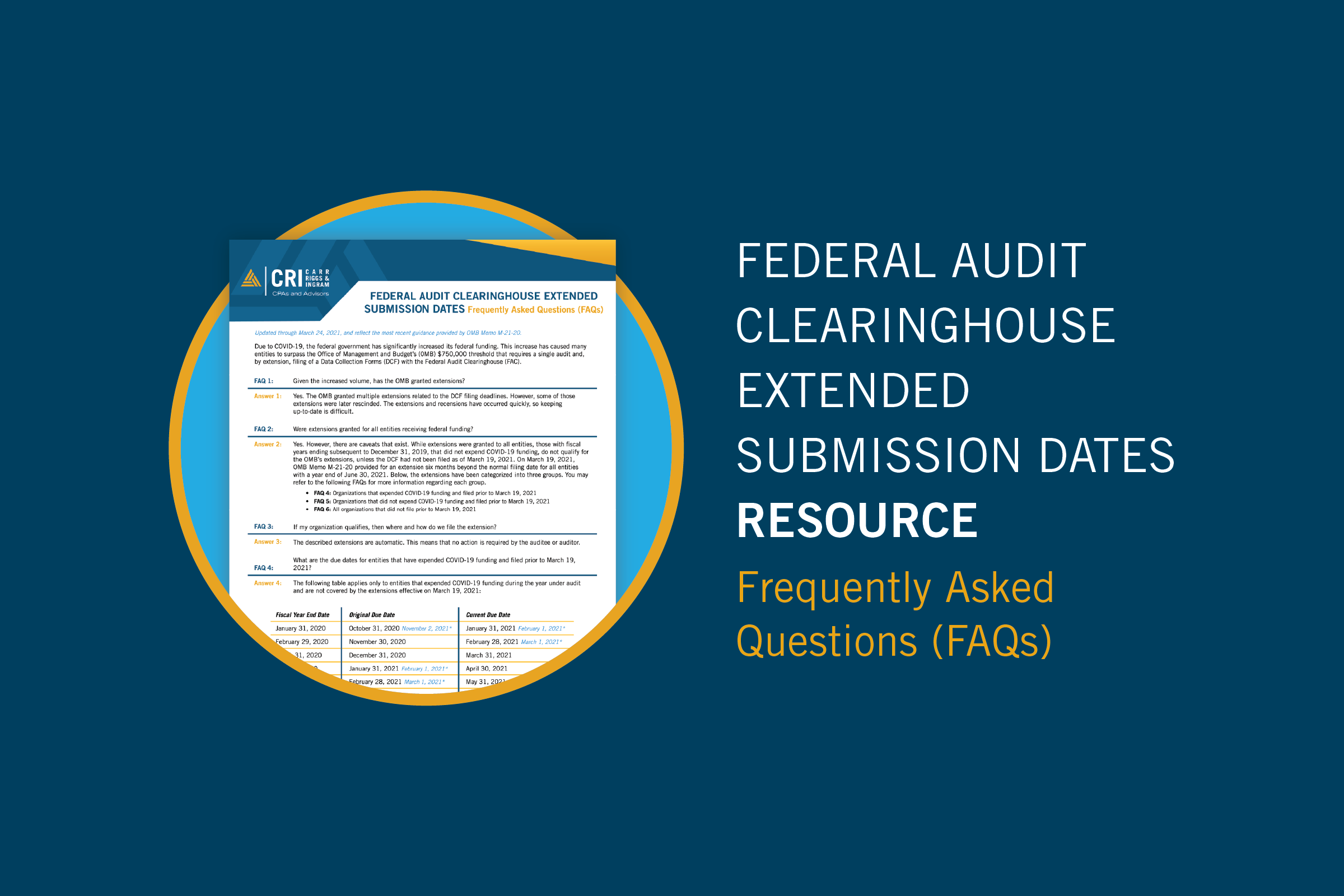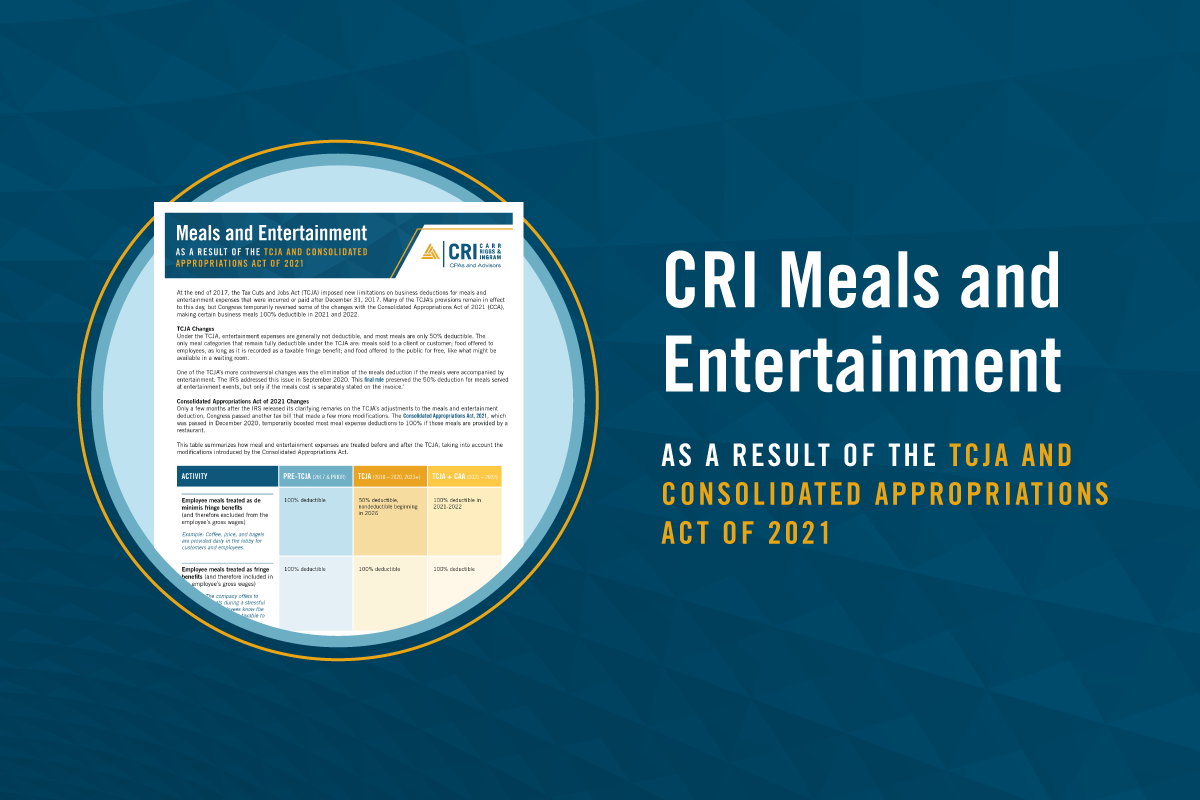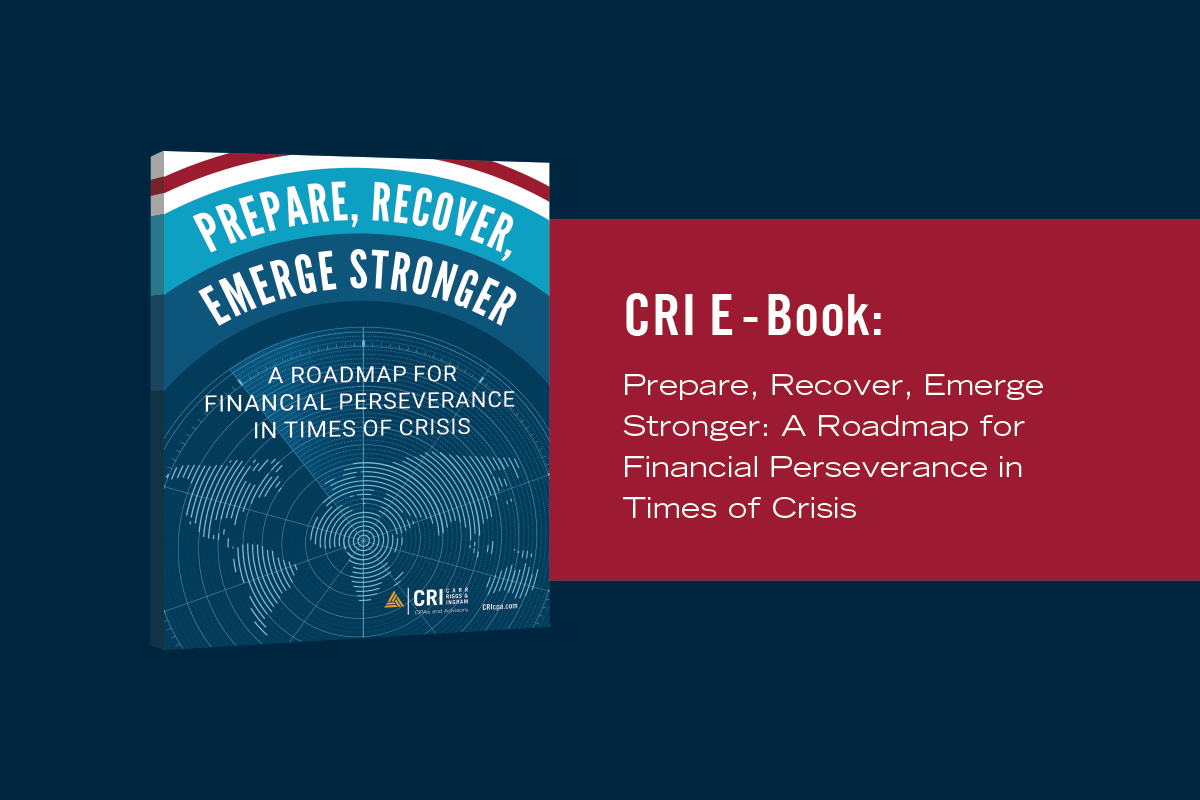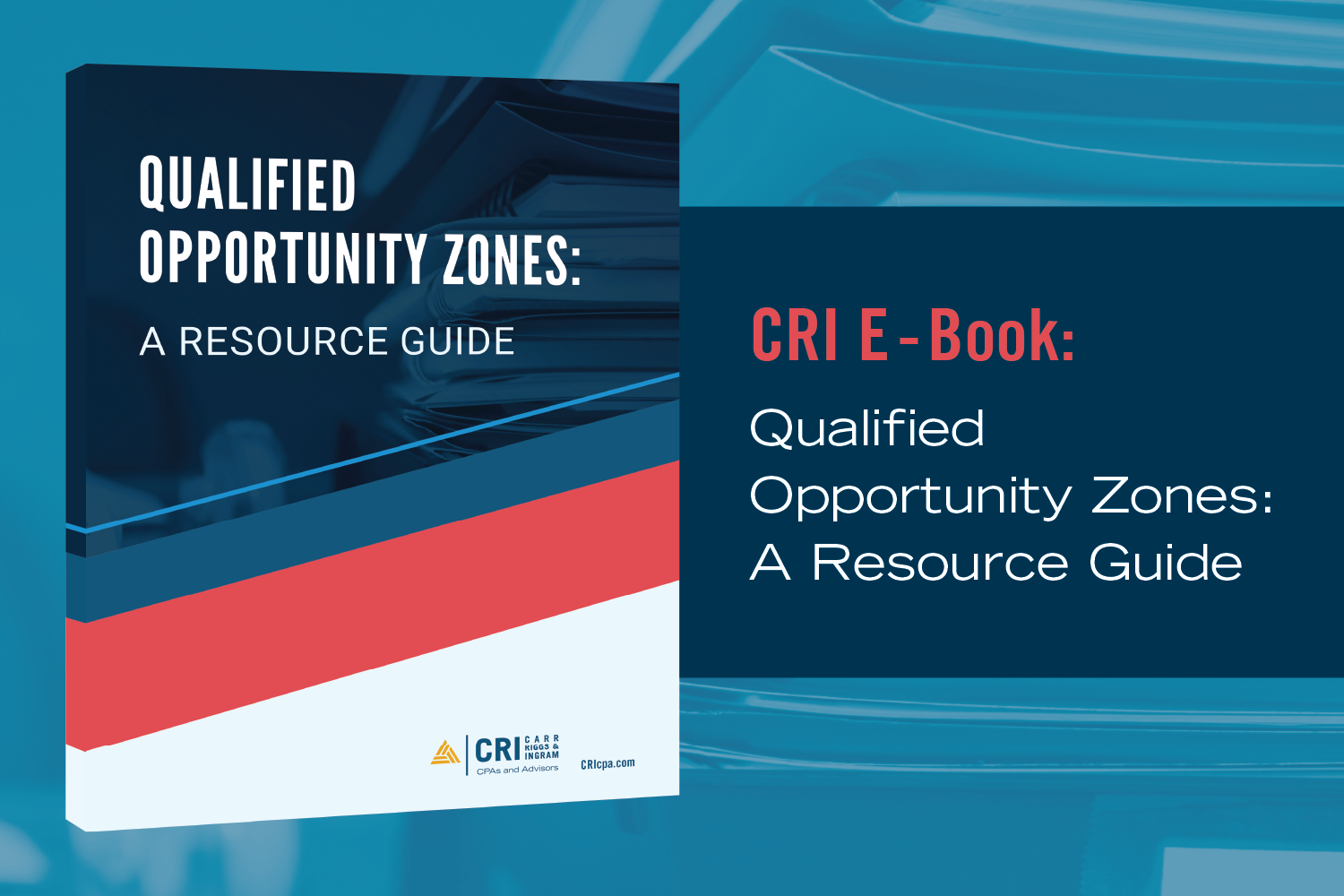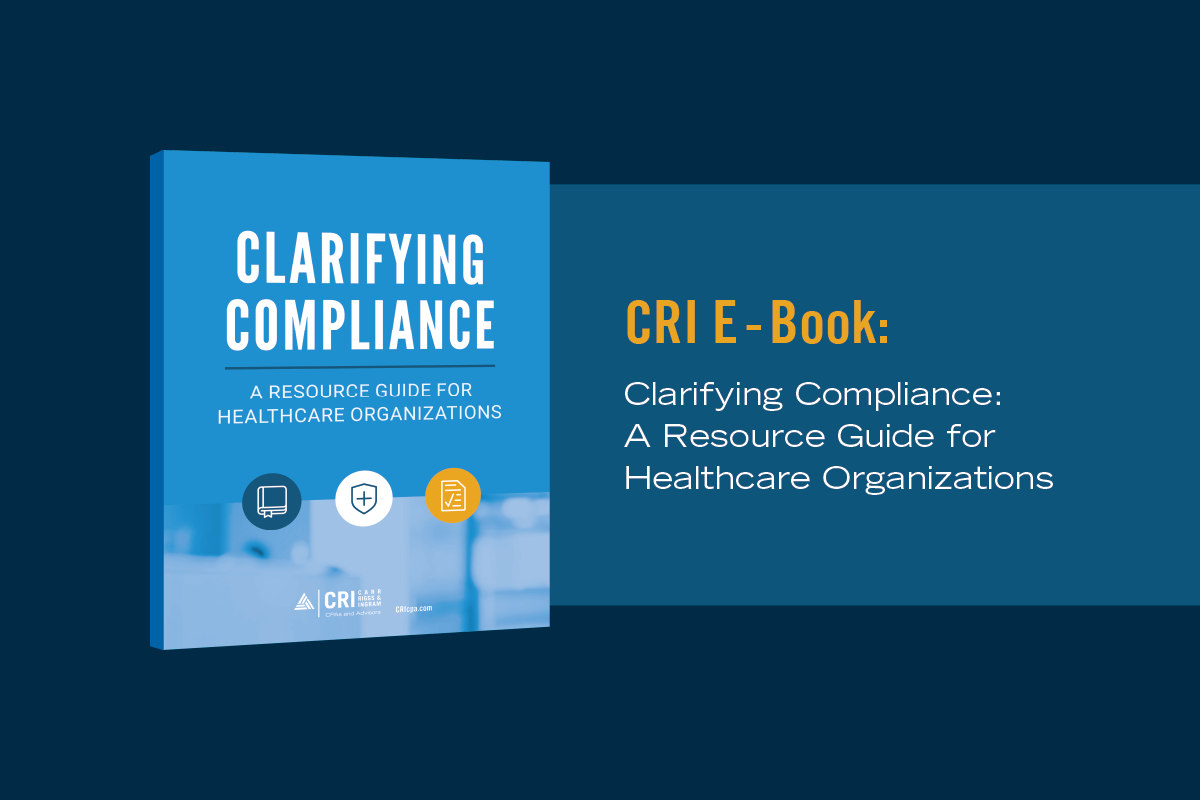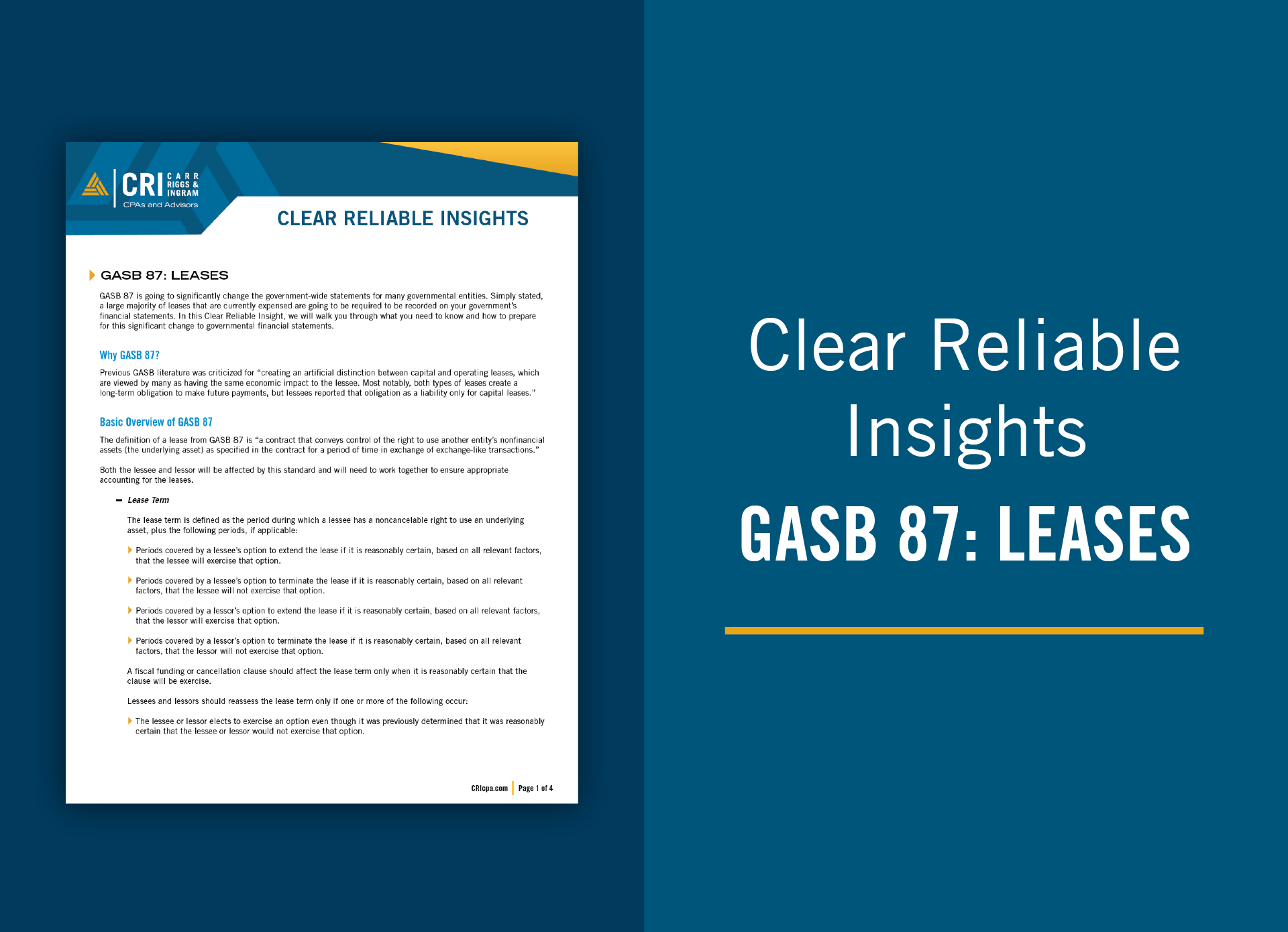An Origin Story About Captives
Jun 19, 2017
What comes to mind when someone talks to you about forming a captive? If your mind immediately goes to protecting yourself from marauding pirates, then – believe it or not – you’re on the right track!
We’re talking about captive insurance companies, which are believed to have originated with ship owners gathering at Lloyd’s Coffeehouse in London more than 500 years ago. At that time, ship captains lost ships, employees, and cargo to various calamities, including storms and pirates. As a result, ship owners held a meeting at Lloyd’s, where they wrote down the names of the owners, captains, ships, and cargo. Then they pooled their resources together and agreed to share the risks and exposures at sea as a collective group.
The owners were self-insuring emergent risks for which they could not obtain coverage elsewhere. This is the key element of what today we call captive insurance.
What Makes a Captive a Captive?
A captive insurance company is a form of self-insurance created and wholly owned by one or more NON-INSURANCE companies to manage the risks of the company and its owners. The captive typically provides coverage that is non-existent in the standard market or is very expensive to obtain.
Captives are known for taking layers of risk or exposure to reduce premiums paid to standard carriers, often referred to as a deductible reimbursement policy. Once established, a captive operates as a traditional insurance company and is regulated by its state of domicile.
How Captive Insurance Came of Age
You may have guessed that Lloyd’s Coffeehouse evolved into the world’s leading insurance market provider Lloyd’s of London. So how did the captive insurance market evolve from that informal group of ship owners to the modern risk-management powerhouse tool it is today?
Fred Reiss coined the term “captive” during the 1950s. After the United States passed legislation making it extremely difficult (and extraordinarily expensive) to operate a domestic captive, the “father of captive insurance” moved to Bermuda and began working with the government there. Reiss helped Bermuda and the Caymans emerge as “alternative risk” centers.
But 60 years later, the environment in the U.S. had shifted dramatically and more than 30 states had adopted captive legislation. By 2014, captive experts estimated there were 1,000+ domestic captives in U.S. domiciles.
Like Ships on the Ocean, Not All Captives Are Alike
Captives exist in multiple structures that range from very simple to highly complex. Three of the most prevalent forms within the industry are described below.
- Pure captive. Also referred to as “wholly owned,” a pure captive insures the risk of a single parent, and possibly the parent’s affiliates. The captive often issues deductible reimbursement policies to insure high deductibles on policies issued through standard carriers.
- Group captive. A group captive is formed by an industry association to provide coverage to the association’s membership and insures the risks of multiple companies which operate within the same industry.
- Sponsored captive. Often referred to as a “rent-a-captive” or “cell captive”, the sponsored captive is typically owned by an outside organization and open to multiple participants for a fee. This captive typically requires less capital and start-up costs–and thus is usually considered the most affordable option. The IRS considers each cell to be a separate taxable entity.
How Do Captives Work and What are the Pros and Cons?
So how does a captive operate once it is established? Typically, the owner will contract with a captive manager to handle formation and day-to-day operations. The captive manager will then select an actuarial firm, accounting firm, and other third-party service providers. Once the manager has all of the service providers in place and the captive completes the approval process with the state regulators, operations commence. The captive issues policies, pays claims, and invests assets much like a standard carrier would.
Benefits of forming a captive could include:
- Minimizing insurance costs,
- Retaining investments,
- Favorable income tax treatment (deduction of up to $1.2 million),
- Favorable state tax treatment, and
- Asset protection.
The primary con is the expense. The cost to start a captive is typically between $50-85K in the first year. Plus, the upfront capital cost to capitalize a captive can be between $250K-$400K (first year only), and the ongoing costs to run that captive often runs between $30K-$70K per year.
Just Like Life at Sea, Captives Aren’t for Everyone
To be a good prospect for a captive, consider whether you are:
- A profitable business with a minimum of $15 million in revenue,
- A company with earnings before income tax of at least $1.5 million, and
- A business currently paying $300-400K minimum in property/casualty premiums.
If you say “yes” to these three qualifications, ask your advisor if you are a good candidate for a captive.
Sailing the High Seas With Captives
Captive insurance can be a valuable risk-management tool, but it also can attract unwanted scrutiny from the IRS. Before setting sail for unknown horizons, we recommend consulting with knowledgeable business advisors, including an experienced CPA. CRI has extensive experience guiding small businesses through unknown waters. Visit our website for resources and guidance, or contact our insurance CPAs today.





















